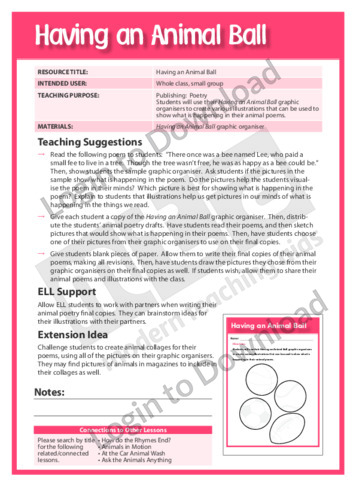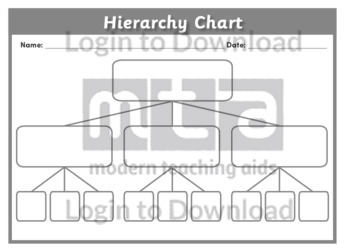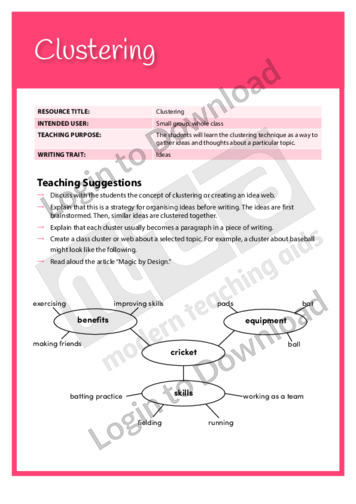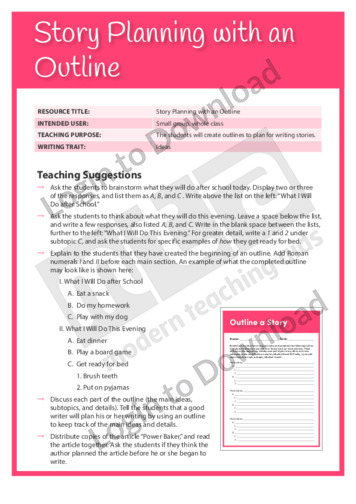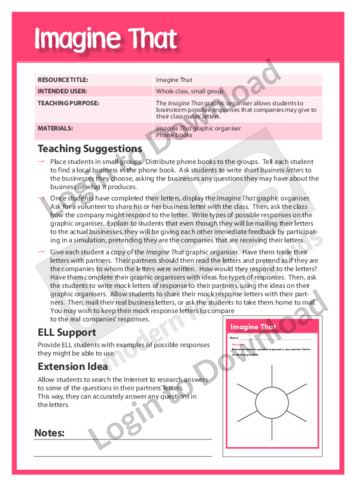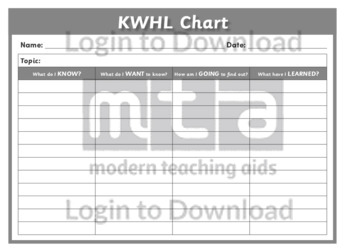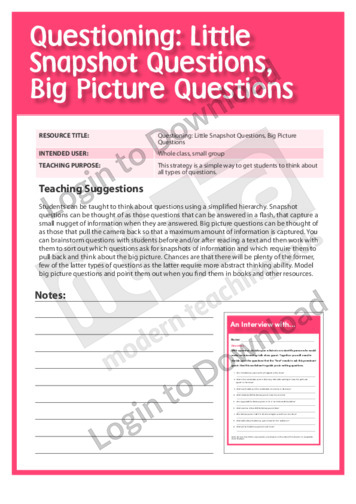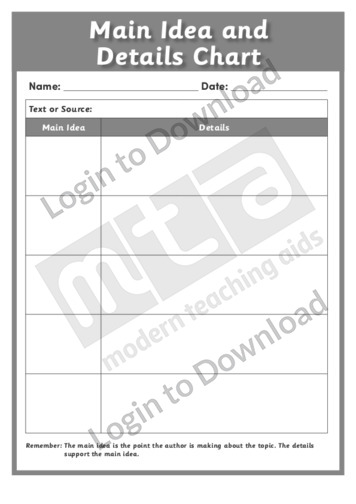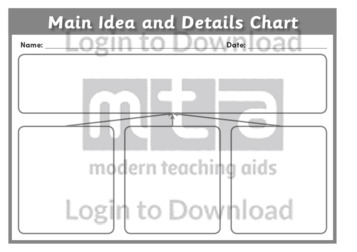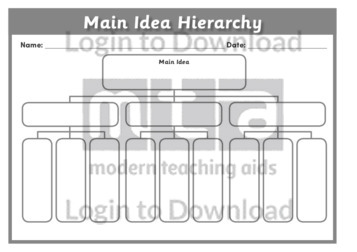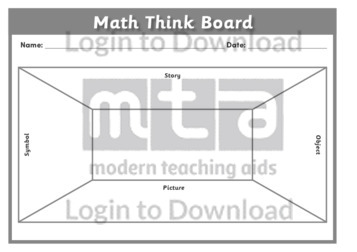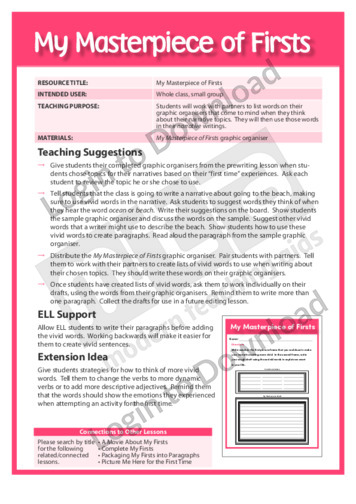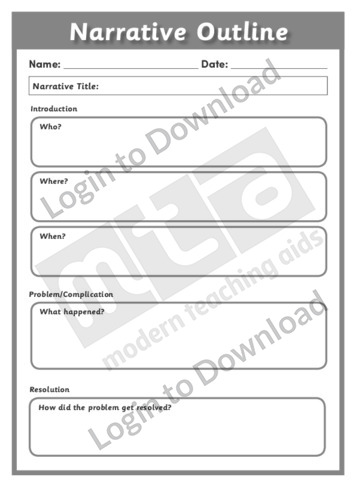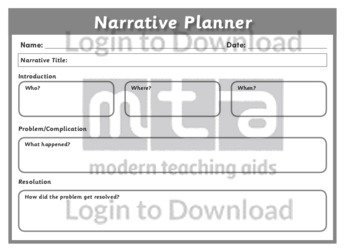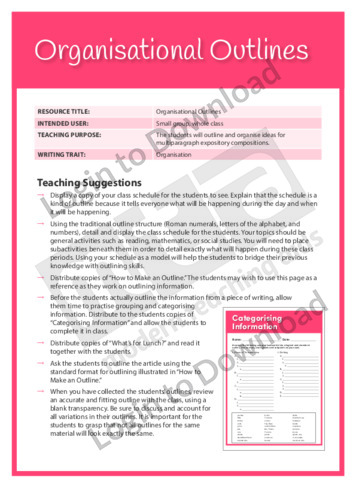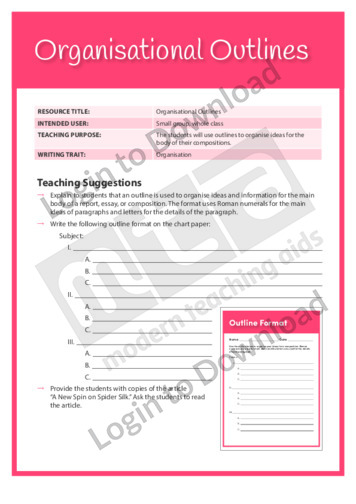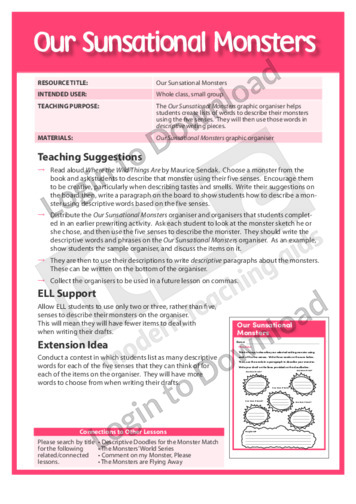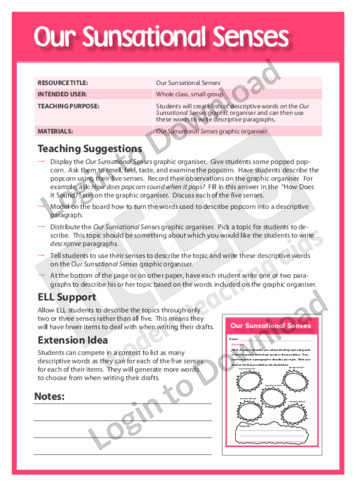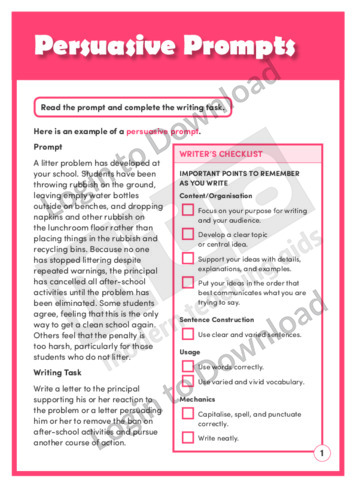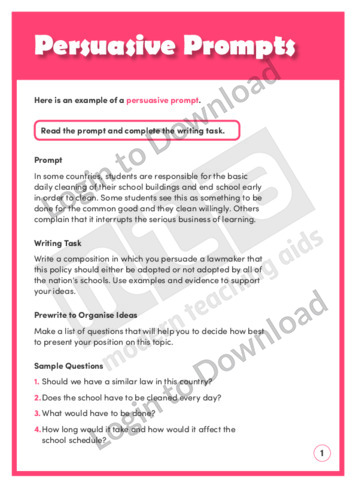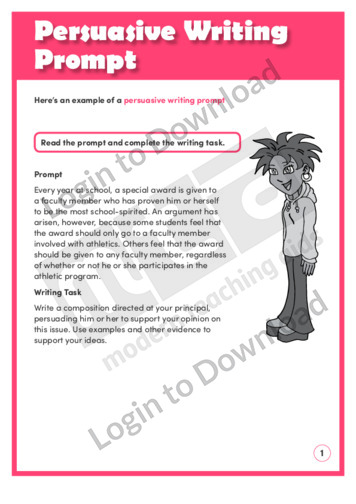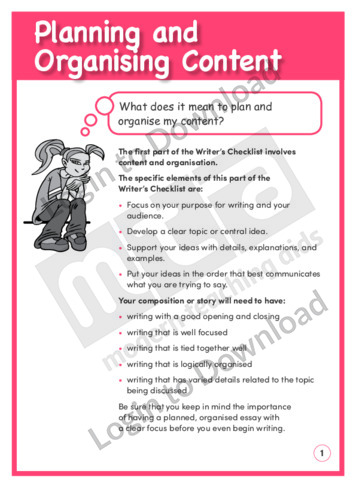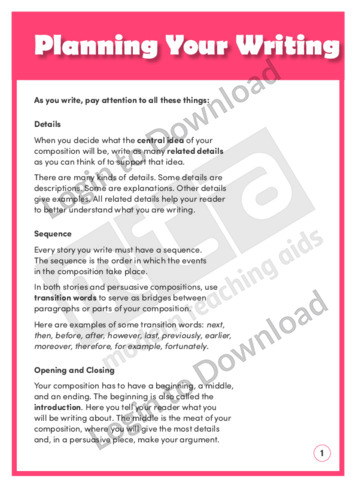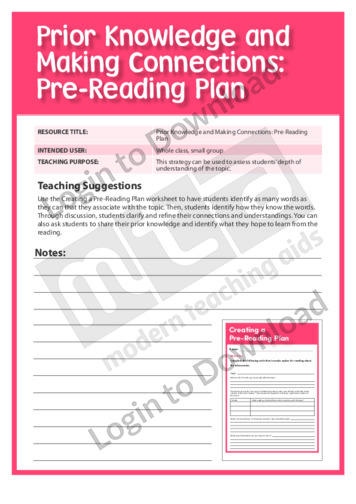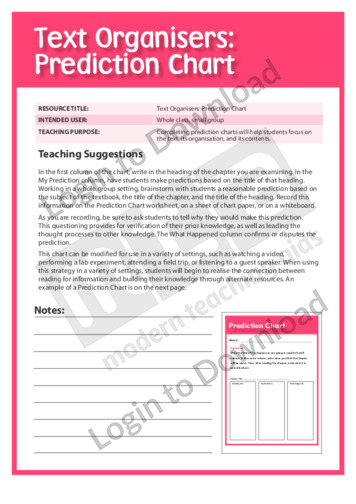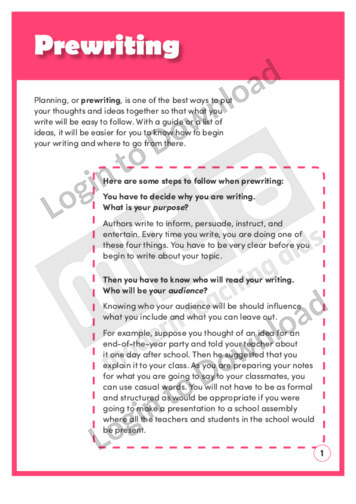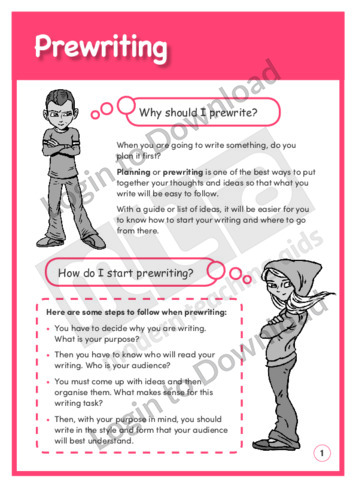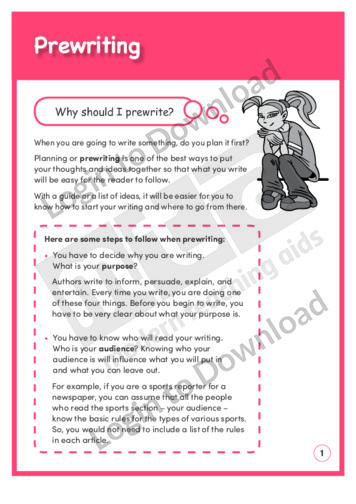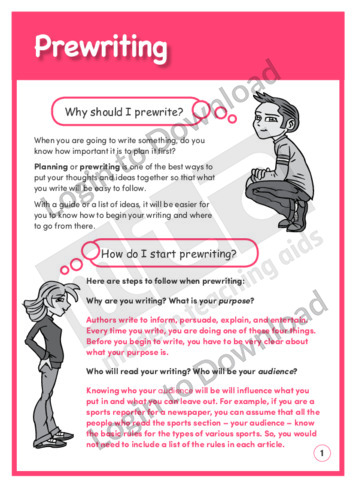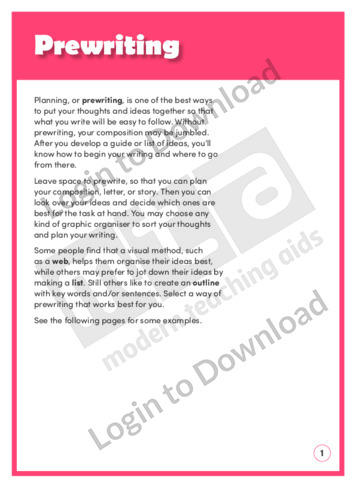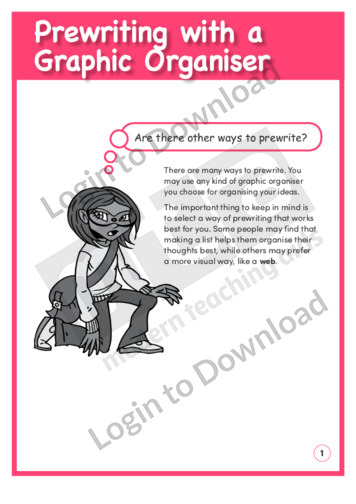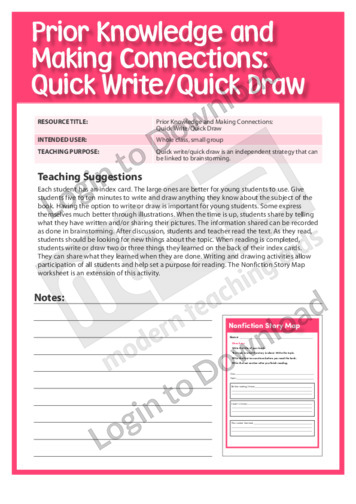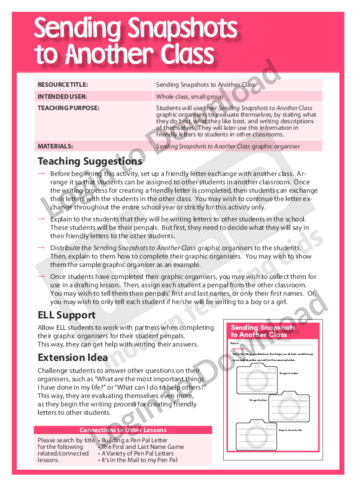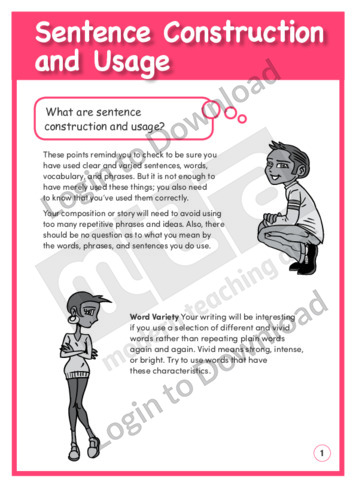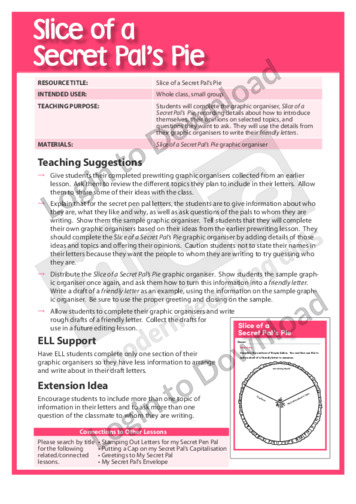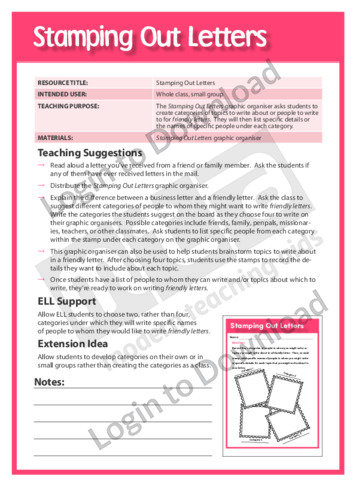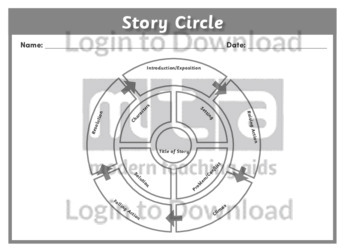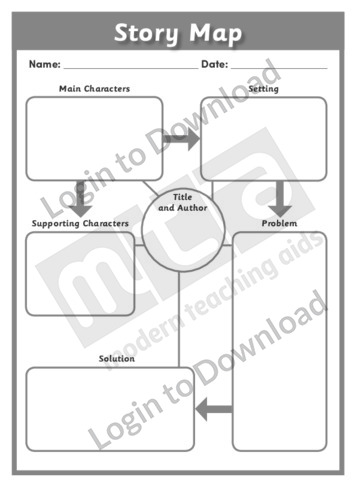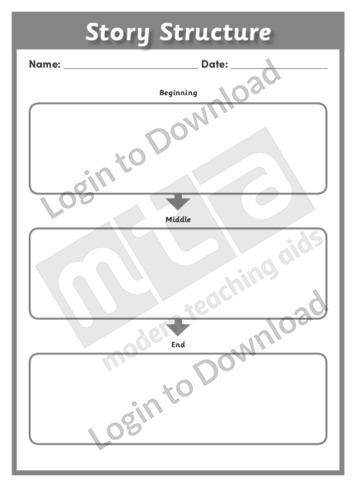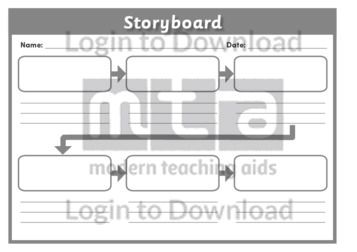This graphic organiser, ‘Having an Animal Ball’ provides students the opportunity to edit and publish their animal poems.
This graphic organiser, ‘Hierarchy Chart’ is an upside-down tree diagram used to organise the flow of ideas into a top down format. For example, students can use this graphical scaffold to break down a broad concept into greater detail. The hierarchy chart is a great resource for post-reading comprehension activities or as a pre-writing prompt …More
This graphic organiser, ‘Hierarchy Chart’ is an upside-down tree diagram used to organise the flow of ideas into a top down format. For example, students can use this graphical scaffold to break down a broad concept into greater detail. The hierarchy chart is a great resource for post-reading comprehension activities or as a pre-writing prompt …More
This Writing Traits activity ‘Clustering’ encourages students to gather ideas and thoughts about a topic.
This Writing Traits activity ‘Clustering’ encourages students to generate, select, and organise ideas for a writing task.
This Writing Traits activity ‘Story Planning with an Outline’ encourages students to create outlines to plan for writing stories.
This graphic organiser, ‘Imagine That’ provides the opportunity for students to brainstorm responses to their peer’s business letters.
This graphic organiser, ‘Imagine That for Chocolate Companies’ provides the opportunity for students to brainstorm responses to their peer’s business letters.
This graphic organiser, ‘KWHL Chart’ prompts students to explore what they know about a topic, what they want to learn, how they think they could learn about these new ideas and what they have learnt following the process. This is a great resource that is clearly formatted to encourage students to take responsibility for their …More
This graphic organiser, ‘KWL Chart’ prompts students to explore what they know about a topic, what they want to learn and what they have learnt following the process. This vertical table is clearly formatted to encourage students to take responsibility for their own learning and to assist teachers in establishing their students’ prior knowledge. It …More
This graphic organiser, ‘KWL Chart’ prompts students to explore what they know about a topic, what they want to learn and what they have learnt following the process. This horizontal table is clearly formatted to encourage students to take responsibility for their own learning and to assist teachers in establishing their students’ prior knowledge. It …More
This graphic organiser, ‘KWL Chart’ prompts students to explore what they know about a topic, what they want to learn and what they have learnt following the process. This horizontal table is clearly formatted to encourage students to take responsibility for their own learning and to assist teachers in establishing their students’ prior knowledge. It …More
This content area reading learning activity, ‘Little Snapshot Questions, Big Picture Questions,’ helps students think about all types of questions. It is aimed at helping students brainstorm questions before and/or after reading a text and then sort out which questions ask for snapshots of information and which require them to pull back and think about …More
This graphic organiser, ‘Main Idea and Details Chart’ assists students to identify the relationship between the main idea and supporting details. For example, students can use this table to break down a broad concept into greater detail during a post-reading comprehension activity. It could also be used as a pre-writing prompt to expand on ideas.
This graphic organiser, ‘Main Idea and Details Chart’ assists students to identify the relationship between the main idea and supporting details. For example, students can use this graphical scaffold to break down a broad concept into greater detail during a post-reading comprehension activity. It could also be used as a pre-writing prompt to expand on …More
This graphic organiser, ‘Main Idea Hierarchy’ is an upside-down tree diagram used to organise the flow of ideas into a top down format. For example, students can use this graphical scaffold to break down a broad concept into greater detail. The chart is a great resource for post-reading comprehension activities or as a pre-writing prompt …More
This graphic organiser, ‘Math Think Board’ is an ideal resource for building connections between mathematical concepts. It provides students with the opportunity to visually represent their knowledge in a table, through representing the main mathematical idea using a story, symbol, picture and an object. Allowing students to transfer their knowledge into these different contexts builds …More
This graphic organiser, ‘Math Think Board’ is an ideal resource for building connections between mathematical concepts. It provides students with the opportunity to visually represent their knowledge in a table, through representing the main mathematical idea using a story, the world, concrete materials and a drawing. Allowing students to transfer their knowledge into these different …More
This graphic organiser, ‘Memory Makers’ supports students in identifying the main idea of a narrative text.
This graphic organiser, ‘My Masterpiece’ supports students in editing and revising their written work.
This graphic organiser, ‘My Masterpiece of Firsts’ supports students in editing and revising their draft about their first time doing things.
This graphic organiser, ‘Narrative Outline’ is a great resource to model the structure of a narrative. Students are prompted to identify the title of the narrative, outline the introduction including the characters, setting and time, discuss the problem of the story and conclude with the resolution. This blank graphical scaffold can be used during a …More
This graphic organiser, ‘Narrative Planner’ is a great resource to model the structure of a narrative. Students are prompted to identify the title of the narrative, outline the introduction including the characters, setting and time, discuss the problem of the story and conclude with the resolution. This blank graphical scaffold can be used during a …More
This Writing Traits activity ‘Organisational Outlines’ encourages students to use outlines to organise ideas for the body of their composition.
This graphic organiser, ‘Our Sunsational Monsters’ supports students in developing their writing skills by creating lists of descriptive words about monsters.
This graphic organiser, ‘Our Sunsational Senses’ supports students in developing their writing skills by creating lists of descriptive words.
This writing text exemplar ‘Persuasive Prompts’ gives students an example of how to approach such a prompt. It is aimed at encouraging students to plan their writing by choosing their position on the topic, then asking themselves questions to best explain their ideas to the reader using details and examples to support their position.
This writing text exemplar ‘Persuasive Prompts’ gives students an example of how to approach such a prompt. It is aimed at encouraging students to plan their writing by choosing their position on a topic, then asking themselves questions to best explain their ideas to the reader using details and examples to support their position.
This writing text exemplar ‘Persuasive Writing Prompt’ gives students an example of how to approach such a prompt. It is aimed at encouraging students to plan their writing by choosing their position on the topic, then asking themselves questions to best explain their ideas to the reader using details and examples to support their position.
This content area reading learning activity, ‘Phone Directory,’ teaches students that information on a topic can be found under many different headings. It is aimed at teaching students how to brainstorm related ideas in order to find all appropriate reading material.
This quick reference chart ‘Planning and Organising Content’ shows students the things to check to make sure they write well. It is aimed at encouraging students to plan the content and organisation of their composition before they start writing, and to pay attention to the details, sequence, opening and closing of their texts.
This quick reference chart ‘Planning Your Writing’ shows students the things to check to make sure they write well. It is aimed at encouraging students to plan the content and organisation of their composition before they start writing, by paying attention to the details, sequence, opening and closing of their texts.
This content area reading learning activity, ‘Pre-Reading Plan,’ can be used to assess students’ depth of understanding of the topic. It encourages students to share their prior knowledge and identify what they hope to learn from the reading.
This content area reading learning activity, ‘Prediction Chart,’ helps students focus on the text, its organisation and its contents. It is aimed at helping students realise the connection between reading for information and building their knowledge through alternate resources.
This quick reference chart ‘Prewriting’ shows students how to plan and organise their ideas before they write. It introduces students to the principles of prewriting including planning for the purpose, audience, organisation and style of their text before starting to write. It includes examples of using a list, outline and web as ways to organise …More
This quick reference chart ‘Prewriting’ helps students to plan what they want to say before they write. It introduces students to the principles of prewriting and the steps to follow, including planning for the purpose, audience, organisation and style of their text before starting to write. It also provides a checklist for good writing that …More
This quick reference chart ‘Prewriting’ helps students to plan and organise their ideas before they write. It introduces students to the principles of prewriting and the steps to follow, including planning for the purpose, audience, organisation and style of their text before starting to write. It also provides a checklist for good writing that includes …More
This quick reference chart ‘Prewriting’ helps students to plan and organise their ideas before they write. It introduces students to the principles of prewriting and the steps to follow, including planning for the purpose, audience, organisation and style of their text before starting to write. It introduces students using a list and outline as ways …More
This content area reading learning activity, ‘Problem/Solution and Service Learning,’ familiarises students with the problem/solution structural pattern. It encourages students to think of a problem that impacts a particular audience and identify solutions for that problem.
This content area reading learning activity, ‘Quick Write/Quick Draw,’ helps activate students’ prior knowledge about a topic. It is aimed at helping students set a purpose for reading by having them participate in writing and drawing activities.
This content area reading learning activity, ‘Semantic Mapping,’ can be used to activate students’ prior knowledge about a topic. It has students record the key concept that they will be reading about in the centre of the map and then brainstorm everything they already know about the topic.
This graphic organiser, ‘Sending Snapshots to Another Class’ provides opportunities for students to describe themselves in order to create details for writing letters to their peers.
This quick reference chart ‘Sentence Construction and Usage’ shows students how using a variety of words can improve their writing. It is aimed at encouraging students to avoid using repetitive words, sentences and phrases and to use word variety to make their writing interesting. It includes a practical example to illustrate this point.
This graphic organiser, ‘Sequence of Events’ provides students with a scaffold to logically order parts of a story. Understanding the need to sequence events for accurate comprehension can be a challenging concept for some students. This resources segments the story into sections with prompts such as, first, then and finally so that students can recognise …More
This graphic organiser, ‘Shopping for Ideas’ supports students in organising their ideas when choosing topics for informational writing pieces.
This graphic organiser, ‘Shopping for Science’ supports the use of pre-writing strategies to create lists of science topics.
This graphic organiser, ‘A Slice of a Secret Pal’s Pie’ encourages students to write a friendly letter including details about themselves.
This graphic organiser, ‘Stamping Out Letters’ supports students in planning writing using prewriting strategies to categorise information.
This graphic organiser, ‘Stamping Out Letters for My Secret Pen Pal’ supports students in planning letter writing using prewriting strategies to categorise information.
This graphic organiser, ‘Step-by-Step’ asks students with to record a sequence of steps for completing a task to help structure their draft writing.
This graphic organiser, ‘Stories to Tell supports students in recalling and organising ideas and planning and writing personal narratives.
This graphic organiser, ‘Story Circle’ consists of three circles within each other and is a great resource to model the complex elements of the narrative structure. Within the two inside circles students are prompted to summarise the title, characters, setting, conflict and solution. Within the outside circle students are given the opportunity to explore the …More
This graphic organiser, ‘Story Map’ is a great resource to model the structure of a narrative. Students are prompted to identify the title and author, the main and supporting characters and the setting, problem and solution. This blank scaffold can be used during a whole class pre-writing brainstorm or during post-reading comprehension activities.
This graphic organiser, ‘Story Structure’ provides students with a scaffold to logically order parts of a story. Understanding the need to sequence events for accurate comprehension can be a challenging concept for some students. This resources segments the story into plot sections with prompts of, beginning, middle and end so that students can recognise the …More
This graphic organiser, ‘Storyboard’ combines skills in brainstorming and mind mapping to visually represent the relationship between sequential events. It can be used as a pre-writing task, to logically organise ideas, or a post-reading comprehension activity.
This graphic organiser, ‘Storyboard’ encourages students to visually represent the relationship between sequential events using four illustrations. This resource is particularly useful when working with younger or lower ability levels and can be a great tool when exploring a sequence of events with students learning English as their second language. It can be used as …More
It�s that easy!

